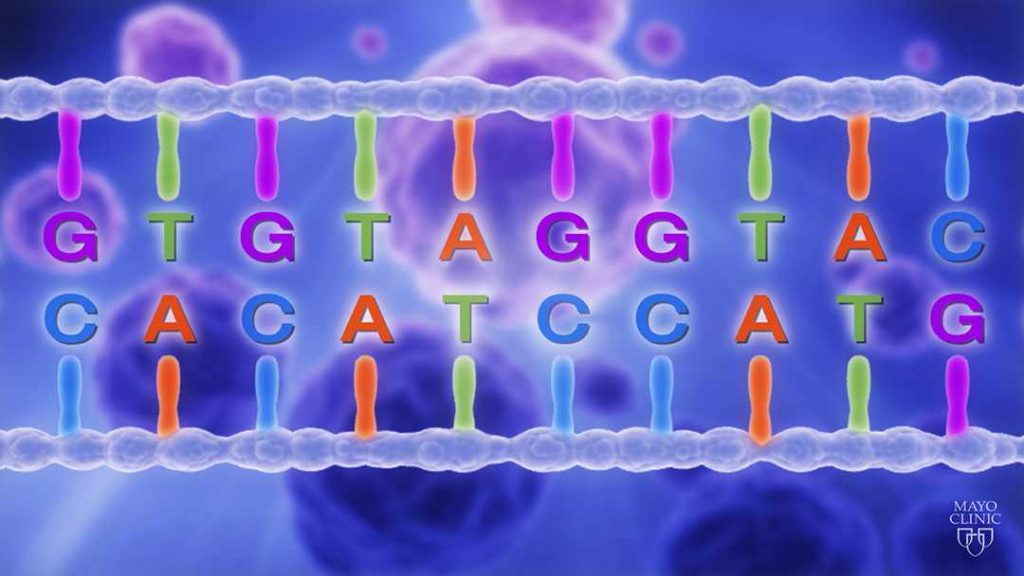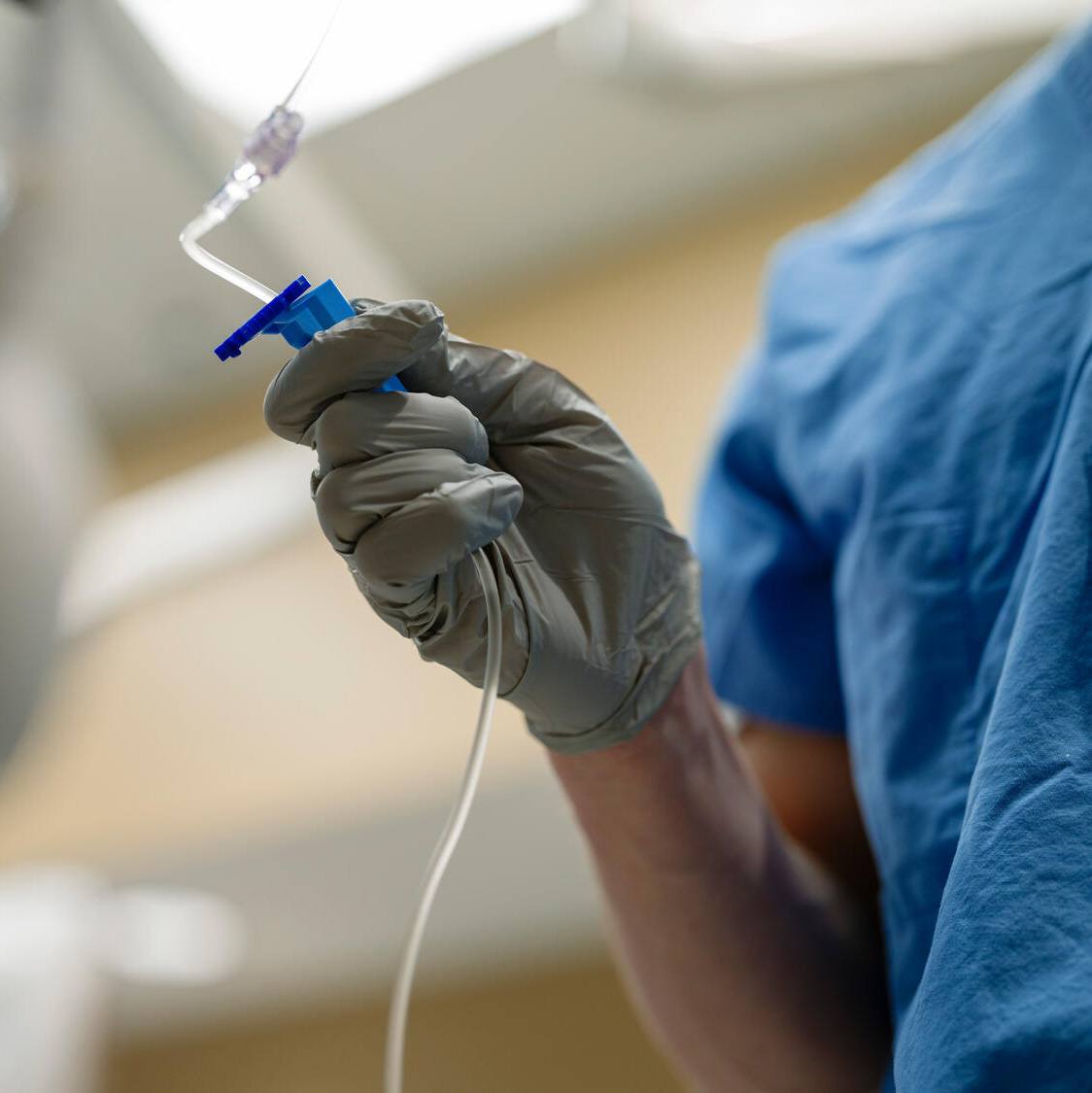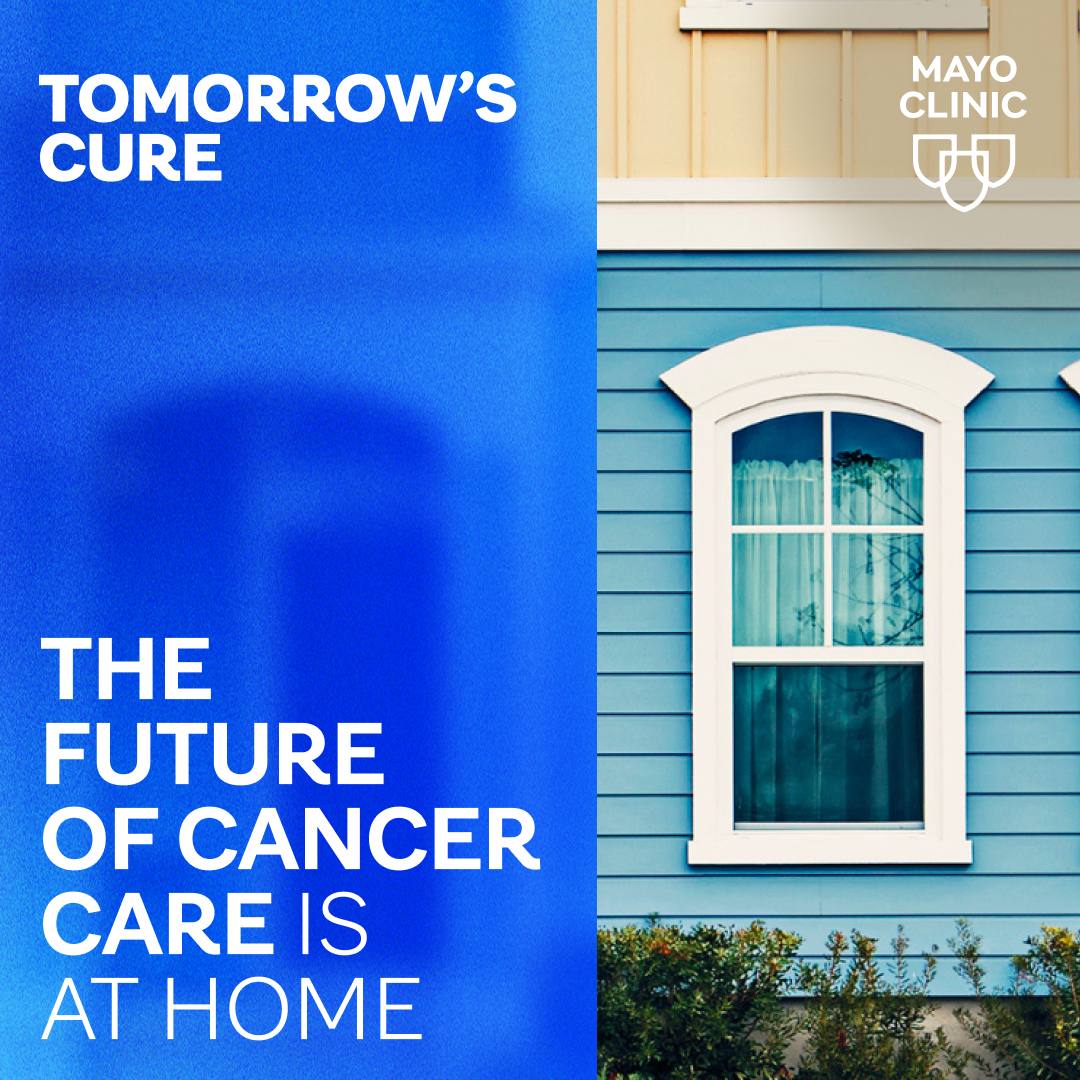-
Mayo Clinic Q and A: Genetic abnormalities and cancer risk

DEAR MAYO CLINIC: My mom was diagnosed with breast cancer. During her care, she was found to have a BRCA2 mutation. Her doctor suggested that my brothers and I get tested for this mutation, too. I am a 26-year-old woman, and I am not sure what this means for me and my risk of cancer.
ANSWER: Having a loved one with a breast cancer diagnosis can be scary. It also can become confusing when you start to hear about genetic mutations. The good news is that the information can help guide your family regarding screening and future cancer risk.
BRCA2 is a genetic abnormality that can be passed down from a parent to children. It is autosomal dominant, which means there is a 50% chance that each of your mom's biological children could have the mutation. Being positive for the mutation would mean that you or your brothers may be at increased risk of developing certain cancers, compared to the general population.
In addition to breast cancer, these cancers are also known to be associated with BRCA2: ovarian cancer, melanoma, prostate cancer and pancreatic cancer.
To understand your risk, you would want to meet with a genetic counselor who can help you understand the implications of undergoing genetic testing and whether this is something you want to do. Typically, genetic testing is performed using a blood or saliva sample. The counselor would review the results with you and, if you are positive, recommend next steps to learn more about personalized screening and specific risk reduction options.
Generally speaking, it is recommended that women who have a BRCA2 mutation begin monthly breast self-examinations, beginning at 18. Clinical breast examinations are recommended every six months, beginning at 25, or before if there is an earlier breast cancer in the family. Annual breast MRIs should begin at 25. Tomosynthesis mammograms are recommended annually, beginning at 30. They are usually alternated with breast MRIs every six months. Based on risk and family history, some woman may choose to undergo a preventive mastectomy to remove their breast tissue and hopefully decrease their risk of developing breast cancer.
There is no screening test for ovarian cancer. However, women can have transvaginal ultrasounds and a blood test called CA 125 every six to 12 months, beginning at ages 30–35, while their ovaries are still in place.
If desired, women can undergo surgery to remove their ovaries and fallopian tubes once they are done having children. Ideally, this would occur between the ages of 40–45. As this surgery results in women going through menopause, some women may be started on hormone therapy until ages 50–51 to alleviate menopausal symptoms and offset some long-term risks associated with early menopause.
Research has shown that many ovarian cancers begin in the fallopian tubes. With this knowledge, women have recently been having surgery to remove their fallopian tubes and delay surgery to remove their ovaries for a few years ― though the recommended age for a woman to have her ovaries removed is still 40–45 in a BRCA2 mutation carrier. The benefit of removing just the fallopian tubes is that this allows women to preserve their natural hormonal function longer. The safety of this strategy is being studied, and this type of surgery is being performed as part of clinical trials.
Women who undergo surgery to remove their ovaries before menopause have a 50% reduction in their risk of developing breast cancer. In addition to surgeries, there are medications that can be given to help decrease the risk of developing breast and ovarian cancers. Selective Estrogen Receptor Modulators (SERMS) and Aromatase Inhibitors (AIs) are types of medications that can reduce the risk of developing breast cancer. Oral contraceptives can decrease the risk of developing ovarian cancer by 50%.
Since the BRCA2 mutation can be passed down to offspring, understanding your status ― and that of a future partner ― is important, as there is a genetic condition called Fanconi anemia that can occur if both the male and female partners have a BRCA2 mutation.
Thus, for men and women who test positive for BRCA2 and have not yet had biological children, it may be worthwhile to meet with a specialist in reproductive endocrinology and infertility to discuss options.
There are no standard screening guidelines for pancreatic cancer or melanoma. Based on your situation, a consultation with a pancreatic specialist may be worthwhile to discuss whether to pursue MRI or endoscopic ultrasound. Likewise, a referral to a dermatologist can be made to initiate skin cancer screenings.
Understandably, you may be nervous about your risk for cancer, given your mother's diagnosis. However, you are young, and you should not feel rushed to make any decisions regarding genetic testing. If you choose to undergo testing and are found to have a BRCA2 mutation, your health care providers will give you the information that you need so that you can begin to think about what makes sense for your life and your priorities. — Casey Swanson, physician assistant, Gynecologic Surgery, Mayo Clinic, Rochester, Minnesota
****************************
Related Articles
- Mayo Clinic Q and A: Family health history information published 12/20/20
- Science Saturday: The benefits of genetic testing for healthy people published 12/19/20
- Mayo researchers recommend all women with breast cancer diagnosis under age 66 be offered genetic testing published 3/2/20
- Living With Cancer: Emotional and psychological considerations before genetic testing for breast cancer risk published 12/6/19
- Expert Alert: Genetic testing can lead to better cancer screening, interventions published 6/3/19
- Housecall: Genetic testing — is it right for you? published 4/22/19







